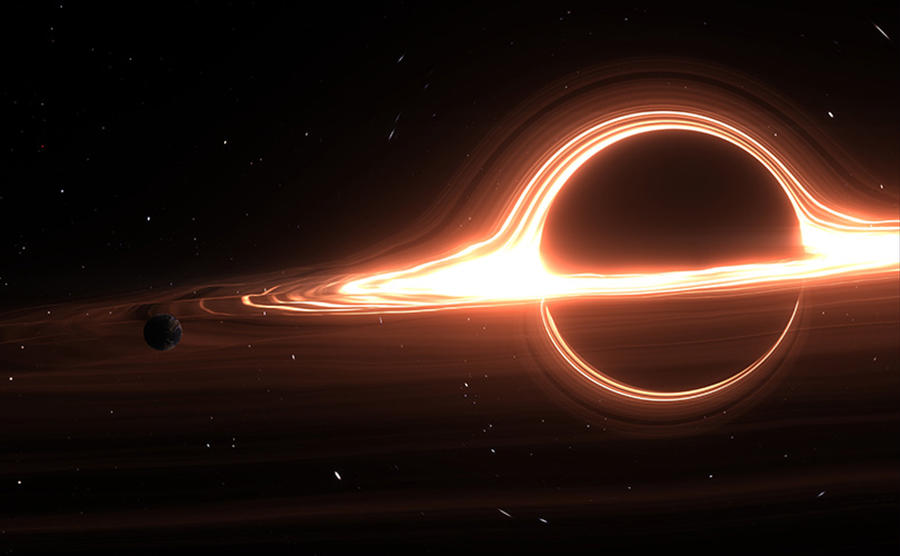|
|
To learn more about space through astronomical research and to clarify the mystery of the
birth of space.
One of the chief tasks of space science is to observe distant galaxies and stars. Learning
about outer space could prove to be the key to finding out how space, stars and planets were
born. Another top priority is unraveling the mysteries at the extreme limits of outer space,
such as black holes and ultra-high-energy cosmic rays.
To study these space mysteries
through astronomical observation, we need to use not just telescopes on Earth, but also
X-rays and infrared rays. Because Earth’s atmosphere absorbs these rays, we need perform
these observations from outer space.
The Space Science Department has launched an
astronomical satellite equipped with the following observational equipment to catch X-rays,
infrared rays, and radio waves:
|
Plasma around the Earth is closely related to the solar wind and the Earth’s magnetic field.
We sometimes encounter them as Northern Lights (Aurora Borealis) and magnetic
storms.
What kind of relationship does the wind from the Sun have with the magnetic
field of the Earth? How do phenomena such as the Northern Lights and magnetic storms emerge?
Studying the relationship between plasma and the magnetic field can give us important
information about the environment of the Earth, our home.
|
|
About Research on Space Plasma, X-Rays, and Infrared-Rays
Astronomical Observation Satellites
| Under Development |
High-sensitivity Solar Ultraviolet Spectroscopic Satellite (SOLAR-C)  |
This satellite is designed to elucidate how the Sun's high-temperature plasma is created and how it affects the Earth and planets by precise spectroscopic observation of ultraviolet radiations emitted from the Sun through the onboard telescope with unprecedented high sensitivity. |
| In Operation |
X-Ray
Imaging and Spectroscopy Mission (XRISM)  |
XRISM is a new X-ray astronomical satellite which observes plasma in
stars and galaxies. With a new generation of X-ray imaging spectroscopy technologies, XRISM will
resolve mysteries regarding the formation of the universe. |
| Latter Phase In Operation |
Solar Physics Satellite
"HINODE"(SOLAR-B) |
The "HINODE" (SOLAR-B) is the successor to the orbiting solar
observatory YOHKOH (SOLAR-A) to explore the mysteries and mechanisms of the solar corona phenomena
and other mechanisms. |
| Spectroscopic Planet
Observatory for Recognition of Interaction of Atmosphere "HISAKI" (SPRINT-A) |
The “HISAKI” (SPRINT-A) observes Jupiter’s Io plasma torus and
interaction of the strong solar wind on the atmosphere of an Earth-type planet by the
extreme-ultraviolet (EUV) imaging spectrometer. |
| Operation Complete |
X-ray Astronomy
Satellite "Hitomi" (ASTRO-H) |
The "Hitomi" (ASTRO-H) is the sixth X-ray observation satellite that
explores the extreme universe that is abundant with high energy phenomena around black holes and
supernova explosions, and observes a cluster of galaxies filled with high-temperature plasma. |
| X-ray Astronomy
Satellite "Suzaku"(ASTRO-EII) |
The "SUZAKU" (ASTRO-EII), the fifth in a series of Japanese X-ray
astronomy satellites, is operation through international cooperation between the United States and
Japan to observe high-energy processes in the Universe. |
| Infrared Imaging
Satellite "AKARI"(ASTRO-F) |
The "AKARI" (ASTRO-F) is an infrared-ray astronomical satellite that
aims to understand how galaxies were formed and evolved into what we see now. |
Earth Observation Satellites
| Latter Phase In Operation |
Exploration of energization and
Radiation in Geospace "ERG" |
The "ERG" aims at elucidating highly charged electrons that generate
and vanish repeatedly along with space storms in the geospace, the region of outer space near the
Earth. |
| Operation Complete |
Magnetosheric
Observation Satellite (GEOTAIL) |
The "GEOTAIL" is a satellite to study the structure and dynamics of
Earth's magnetotail. It is a collaborative project between Japan and the United States. |
| Aurora Observation
Satellite "Akebono"(EXOS-D) |
The "AKEBONO" (EXOS-D) is an aurora observation satellite that
investigates the magnetospheric phenomena associated with the acceleration process of aurora
particles, and the flow and momentum of energy from the Sun through geospace. |


